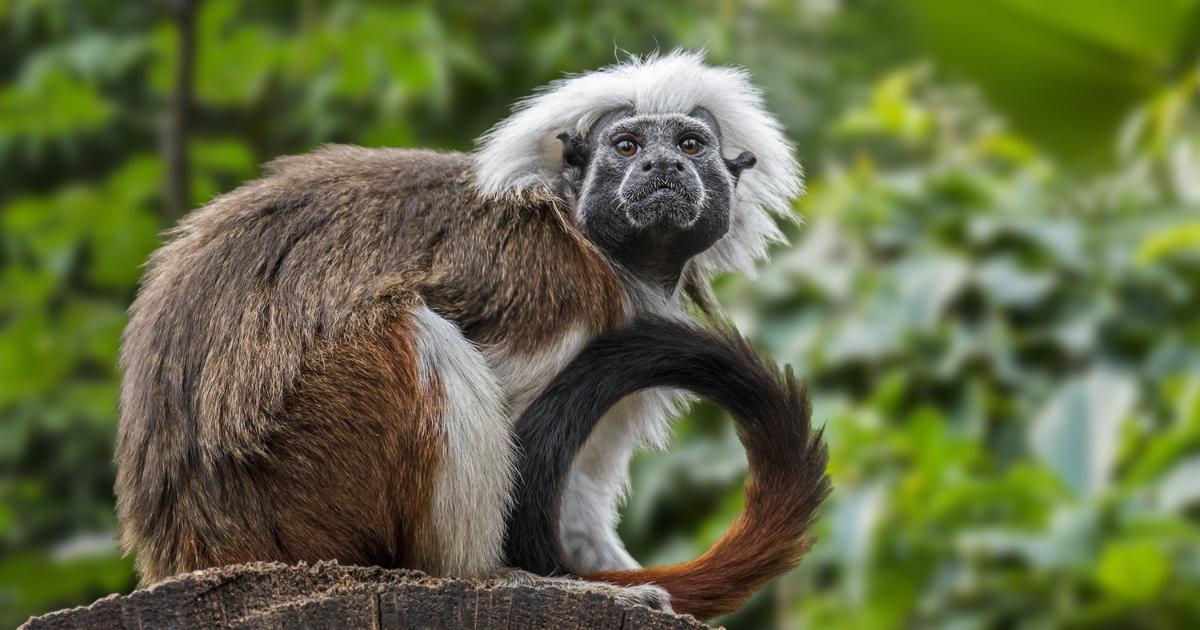The unexpected death of nine monkeys at Hong Kong Zoological and Botanical Gardens, including three critically endangered Cotton-top Tamarins, has sent shockwaves through the city and sparked a thorough investigation. The incident, which saw eight monkeys perish on Sunday and a further one on Monday, has left zoo officials and the public alike searching for answers. Initial reports suggest that the cause of death remains unknown, prompting immediate necropsies and laboratory tests to ascertain the circumstances surrounding this tragic event. The swift action taken by authorities underscores the seriousness with which this matter is being treated, and highlights the commitment to understanding the factors that led to the animals’ demise. This unexpected loss underscores the fragility of endangered species and the vital role zoos play in conservation efforts. The sudden deaths also raise questions about potential underlying issues within the zoo’s environment or animal care practices, demanding a comprehensive review to prevent future incidents.
The Mysterious Deaths at Hong Kong Zoo
The sudden death of nine monkeys at the Hong Kong Zoological and Botanical Gardens has prompted an urgent investigation into the cause of death. The species affected include the critically endangered Cotton-top Tamarin, along with other primates such as De Brazza’s Monkey, Common Squirrel Monkey, and White-faced Saki. The zoo, a historical landmark dating back to 1871, is currently facing intense scrutiny. Eight monkeys were found dead on Sunday, while a ninth succumbed to unknown causes the following day. This alarming event triggered immediate actions, with necropsies and lab tests being conducted to pinpoint the reason for these deaths.
The Investigation Underway
Authorities have launched a comprehensive investigation to determine the underlying cause of the monkeys’ deaths. This investigation will cover several aspects of the zoo’s operations including animal care practices, living environments, disease possibilities and the overall health of the primate population. Samples have been sent for thorough analysis to identify any potential infectious diseases or toxins that might have played a role. The results of these tests are eagerly awaited, and the information obtained will be crucial for the prevention of future tragedies. In addition to the immediate necropsies and lab testing, zookeepers are also closely monitoring the remaining animals within the mammal section, paying attention to unusual behaviours that could signal a broader issue. The public await updates and will continue monitoring updates through official channels, hoping that it sheds more light on the situation.
The Impact on Endangered Species
The loss of three Cotton-top Tamarins is particularly concerning due to this species’ critically endangered status. Fewer than 6,000 Cotton-top Tamarins remain in the wild, making each individual extremely valuable to the survival of the species. The death of these animals highlights the immense pressure these species face in their natural habitats and emphasizes the vital role of conservation efforts, both in the wild and in zoos. The zoo, however, is not just home to critically endangered species; but this tragic incident demonstrates a heightened concern towards animal welfare and the need for robust health management measures within captivity.
The Hong Kong Zoo and its Response
The Hong Kong Zoological and Botanical Gardens, established in 1871, holds a significant place in the city’s history. The immediate closure of the mammals section demonstrates a serious response to the incident, ensuring animal welfare. Furthermore, the thorough investigation ordered and the transparency demonstrated by providing regular updates signal a commitment to both accountability and animal welfare, reinforcing a commitment to address the underlying causes and take necessary preventive actions. The investigation extends beyond finding immediate causes of death; it also aims to ensure optimal standards of care across all zoo animals.
Transparency and Public Response
The swift response and public communication from the Hong Kong Leisure and Cultural Services Department are notable aspects of this situation. The open acknowledgement of the situation and regular updates given to the media show an intention of keeping the public well informed. This demonstrates responsible leadership, thereby fostering transparency and trust from concerned members of the public. This openness builds confidence that a comprehensive, thorough investigation is underway. Furthermore, the zoo’s closure of the mammal section reinforces the preventative approach taken by the relevant parties and ensures both the safety of other animals as well as efficient investigation. It suggests they’re treating the incident seriously.
Takeaways
- The unexpected deaths of nine monkeys at the Hong Kong Zoo, including three critically endangered Cotton-top Tamarins, represent a significant loss and highlight the fragility of endangered species.
- The ongoing investigation into the cause of death is crucial to preventing similar future incidents and ensuring the wellbeing of animals within the zoo’s care.
- The zoo’s closure of the mammals section and transparent communication with the public showcase a proactive approach towards ensuring animal welfare and public trust.
- This tragedy underscores the importance of rigorous animal care practices, ongoing monitoring, and robust veterinary support to prevent similar occurrences and preserve these precious species.




